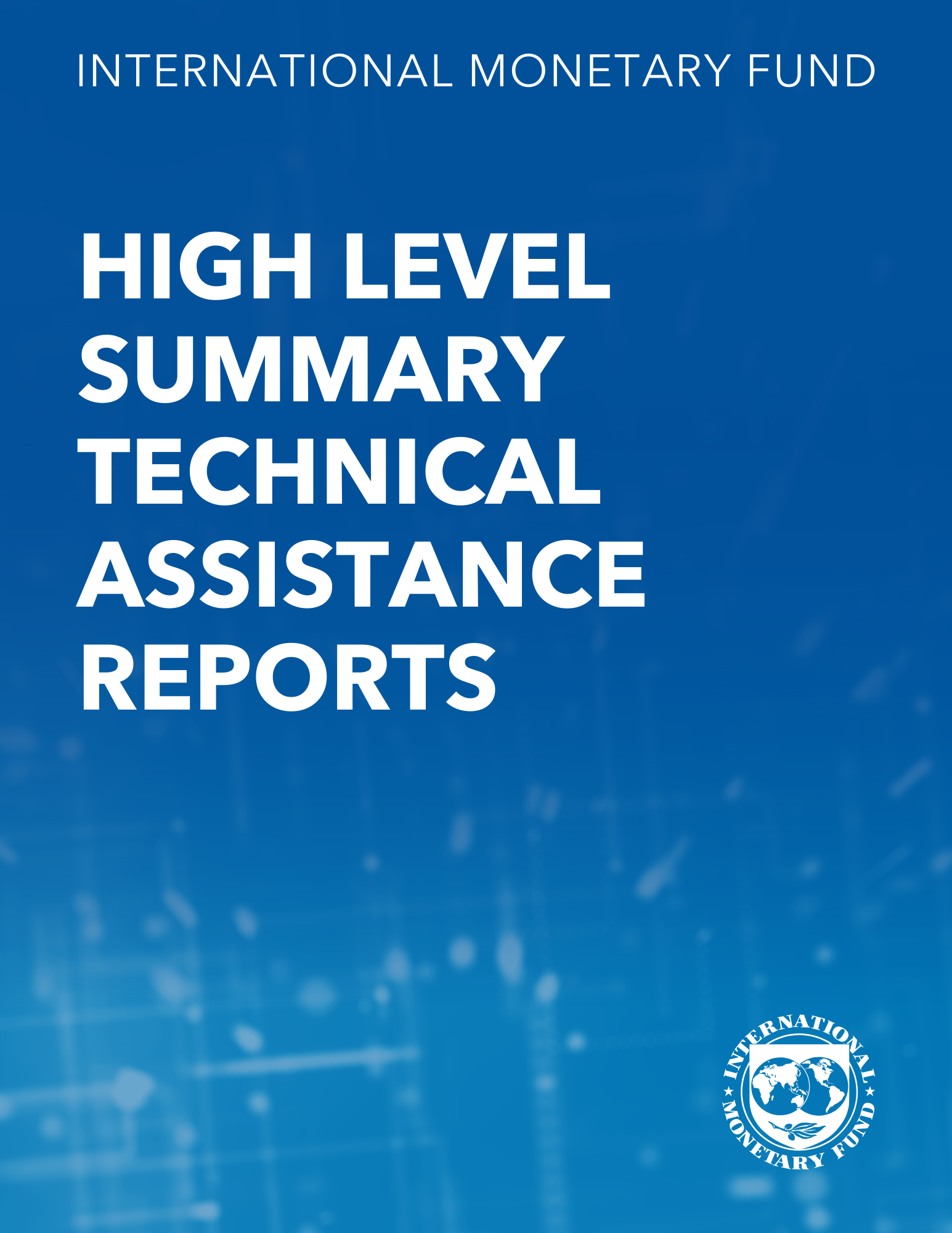Surprise, Surprise: What Drives the Rand / U.S. Dollar Exchange Rate Volatility?
October 17, 2016
Disclaimer: This Working Paper should not be reported as representing the views of the IMF.The views expressed in this Working Paper are those of the author(s) and do not necessarily represent those of the IMF or IMF policy. Working Papers describe research in progress by the author(s) and are published to elicit comments and to further debate
Summary
This paper investigates possible drivers of volatility in the South African rand since the onset of the global financial crisis. We assess the role played by local and international economic surprises, commodity price volatility, global market risk perceptions, and local political uncertainty. As a measure of rand volatility, the study uses a market-based implied volatility indicator for the rand / U.S. dollar exchange rate. Economic surprises—the difference between market expectations and data prints—are captured by Citi’s Economic Surprise Index which is available for South Africa and its main economic partners. The results suggest that rand volatility is mainly driven by commodity price volatility, and global market volatility, as well as domestic political uncertainty. In addition, economic surprises originating in the United States matter, but not those originating from South Africa, Europe, or China.
Subject: Commodity price fluctuations, Emerging and frontier financial markets, Exchange rate flexibility, Exchange rates, Financial markets, Foreign exchange, Inflation, Prices
Keywords: Africa, commodities, commodity, Commodity price fluctuations, commodity price volatility, Emerging and frontier financial markets, Exchange rate flexibility, exchange rate volatility, Exchange rates, Global, import commodity price, Inflation, macroeconomic surprises, rand, rand volatility, spillovers, standard deviation, U.S. dollar exchange rate, volatility, WP
Pages:
38
Volume:
2016
DOI:
Issue:
205
Series:
Working Paper No. 2016/205
Stock No:
WPIEA2016205
ISBN:
9781475545425
ISSN:
1018-5941





